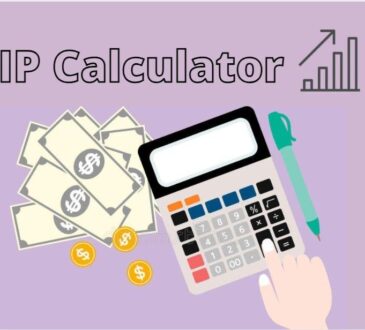
A cash advance may seem like an unattainable dream if you’re looking for a method to have access to fast and easy cash without having to dig into your savings, but it’s really very possible.
Cash advances, although not recommended owing to the high fees and interest rates connected with them, are the last resort when all other options have been explored.
What Is a Credit Card Cash Advance and How Does It Work?
A credit card cash advance is a method of obtaining money quickly by initiating a withdrawal from your bank account using your credit card. The ability to get cash advances through ATMs, bank offices, and internet banking is available to all customers.
Cash advance app are also subject to a limit, and banks will indicate the maximum amount of money that you may take as a cash advance on your credit card account if you request one. This amount is often your credit limit or a lesser amount than the credit limit.
When utilising an ATM, a cash advance may be done in a way that is similar to when making a cash withdrawal using a debit card.
When visiting a bank branch to get a cash advance, you will be required to give over your credit card to the teller, who will then supply you with the amount of money you have requested, subject to the amount of money you have requested and your cash advance limit.
Fees for Cash Advances
Cash advances, as previously mentioned, are charged transactions that are performed using your credit card. A cash advance, like any other credit transaction, is subject to interest charges. In the event of purchases made with your credit card, interest will only be levied on the outstanding balance if the whole amount is not paid by the due date. The cash advance, however, will begin collecting interest from the day it is made, in contrast to other credit transactions that may be made later on.
Cash advances are subject to a higher interest rate since banks consider them to be high-risk transactions. Customers who get cash advances may find themselves unable to repay the amount given to them via the cash advance, resulting in the bank being forced to write off the amount loaned to them through the cash advance.
Allocation of payments
If you’re just paying the bare minimum payment on your credit card for a specific bill cycle and you’ve already taken a cash advance, the payment will be applied to your outstanding amount rather than to the cash advance. Due to the fact that banks prefer to pay off sums with a lower interest rate by default, this occurs. Given that your cash advance is subject to a higher rate of interest from the day it is made, the total value of this transaction would be much greater. If this amount is carried over to your next billing cycle, you will be subjected to an extremely high-interest rate on the amount carried forward.










